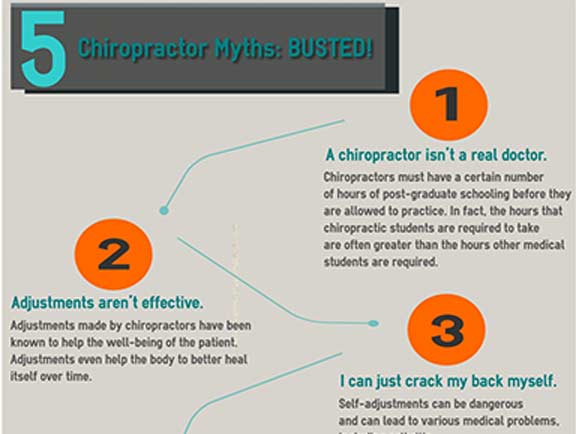Essential Daily Behaviors That Can Create Neck And Back Pain And Just How To Avoid Them
Essential Daily Behaviors That Can Create Neck And Back Pain And Just How To Avoid Them
Blog Article
Content Written By-Mckay Glud
Maintaining proper position and staying clear of common challenges in everyday activities can significantly impact your back health. From just how you rest at your workdesk to how you raise heavy objects, small modifications can make a big distinction. Picture a day without the nagging back pain that hinders your every relocation; the service could be less complex than you think. By making a few tweaks to your daily habits, you could be on your way to a pain-free presence.
Poor Stance and Sedentary Way Of Life
Poor stance and an inactive lifestyle are 2 major factors to back pain. When you slouch or hunch over while resting or standing, you placed unneeded stress on your back muscle mass and back. This can lead to muscle mass inequalities, stress, and at some point, chronic back pain. Additionally, sitting for long periods without breaks or exercise can damage your back muscular tissues and cause stiffness and pain.
To combat bad pose, make an aware effort to rest and stand up right with your shoulders back and aligned with your ears. Remember to keep your feet flat on the ground and avoid crossing your legs for extended durations.
Integrating regular extending and reinforcing exercises right into your day-to-day routine can also assist boost your position and minimize pain in the back associated with an inactive way of life.
Incorrect Lifting Techniques
Incorrect lifting methods can considerably add to neck and back pain and injuries. When you lift heavy items, keep in mind to flex your knees and use your legs to lift, instead of depending on your back muscles. Stay clear of twisting your body while lifting and keep the object near your body to decrease strain on your back. It's critical to keep a straight back and stay clear of rounding your shoulders while lifting to avoid unnecessary pressure on your back.
Always examine the weight of the item prior to raising it. If it's too heavy, request for help or usage tools like a dolly or cart to move it safely.
Remember to take breaks during lifting tasks to offer your back muscle mass a chance to relax and stop overexertion. By applying proper training strategies, you can stop neck and back pain and lower the risk of injuries, guaranteeing your back stays healthy and strong for the long term.
Lack of Routine Workout and Extending
A sedentary way of life lacking normal exercise and stretching can substantially add to back pain and pain. When you don't take part in physical activity, your muscles come to be weak and stringent, bring about bad stance and increased stress on your back. simply click the next website enhance the muscle mass that support your spinal column, improving stability and reducing the threat of neck and back pain. Integrating extending into your routine can also improve versatility, avoiding tightness and discomfort in your back muscle mass.
To prevent back pain triggered by a lack of workout and stretching, go for a minimum of thirty minutes of moderate physical activity most days of the week. Include exercises that target your core muscles, as a solid core can assist minimize stress on your back.
Additionally, take breaks to stretch and relocate throughout the day, especially if you have a desk work. Straightforward stretches like touching your toes or doing shoulder rolls can aid eliminate tension and prevent pain in the back. Focusing on routine exercise and stretching can go a long way in keeping a healthy and balanced back and minimizing discomfort.
click the up coming webpage , remember to stay up straight, lift with your legs, and remain energetic to stop back pain. By making easy modifications to your daily practices, you can avoid the discomfort and restrictions that come with neck and back pain. Look after your spinal column and muscular tissues by exercising good posture, proper training methods, and regular exercise. Your back will thank you for it!
